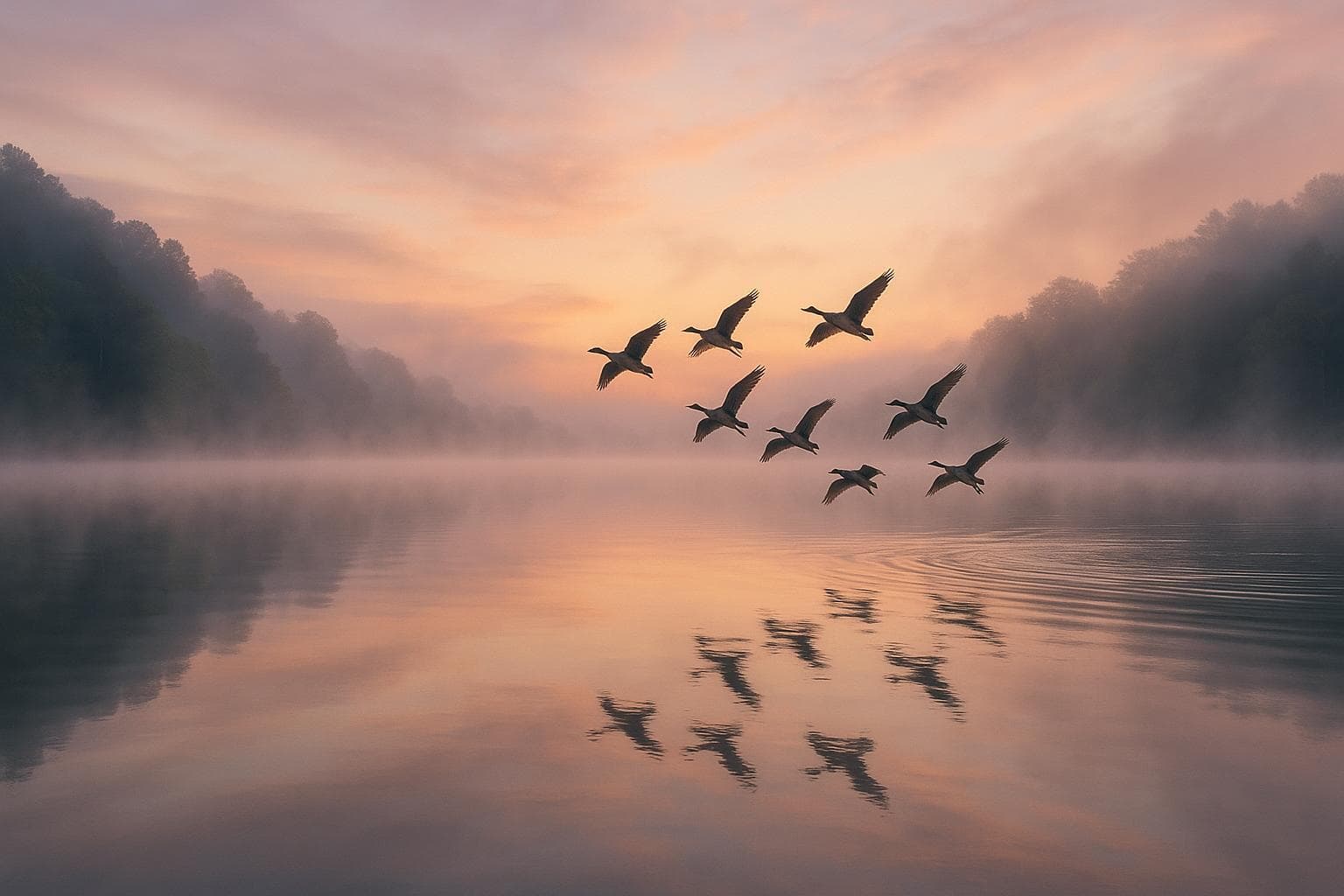The Harmony of Stillness and Movement in Life and Love

Stillness is what creates love. Movement is what creates life. To be still and still moving—that is everything. — Do Hyun Choe
The Creative Power of Stillness
Do Hyun Choe's observation begins by highlighting the generative quality of stillness, suggesting that it is the crucible in which love is formed. This kind of stillness is not mere inactivity but a deep-seated inwardness—a moment of presence and attentive silence that allows genuine affection to emerge. Similarly, in spiritual traditions such as Zen Buddhism, practitioners value stillness as a state in which the heart opens and compassion arises naturally. Thus, love is depicted as sprouting from the fertile ground of calm and introspection.
Movement as the Engine of Life
Building upon this idea, Choe contrasts stillness with movement, which he identifies as the impetus behind life itself. Movement here symbolizes action, growth, and change: the driving forces that animate our existence. Whether it’s the rhythm of a heartbeat or the ceaseless currents of human endeavor, movement infuses the world with vitality. The Greek philosopher Heraclitus famously declared, 'Life is flux,' underscoring the fundamental role of change and activity in the unfolding of existence.
The Paradox of Simultaneous Stillness and Movement
Choe’s closing thought—'to be still and still moving'—introduces a paradox that lies at the heart of many philosophical and artistic endeavors. This duality demands a state where one can maintain inner peace and stability while actively engaging with the external world. Artists, for instance, often describe being 'in the flow,' fully immersed in their craft yet anchored by an unshakeable center. This notion draws from Eastern philosophies such as Tai Chi, which blends fluid motion with inner calm.
Balancing Contemplation and Action
Transitioning from the abstract, the coexistence of stillness and movement is crucial in daily life. Too much stillness might foster stagnation, while unbridled movement leads to chaos. The art lies in achieving a dynamic balance—reflecting before acting and finding serenity in the midst of activity. Corporate leaders and athletes alike emphasize the importance of 'poised readiness,' a state where decisiveness and calm operate in concert, supporting both productivity and well-being.
Cultivating Harmony in Relationships and Self
Finally, the integration of stillness and movement enriches both personal well-being and relationships. In love, stillness allows for deep connection and mutual understanding, while movement brings excitement and growth. Mindful presence—staying rooted amid the urgency of life—enables individuals to respond with empathy rather than reaction. This harmony, as Choe asserts, is 'everything': a lifelong endeavor that invites us to embrace equilibrium as we journey through love and life.